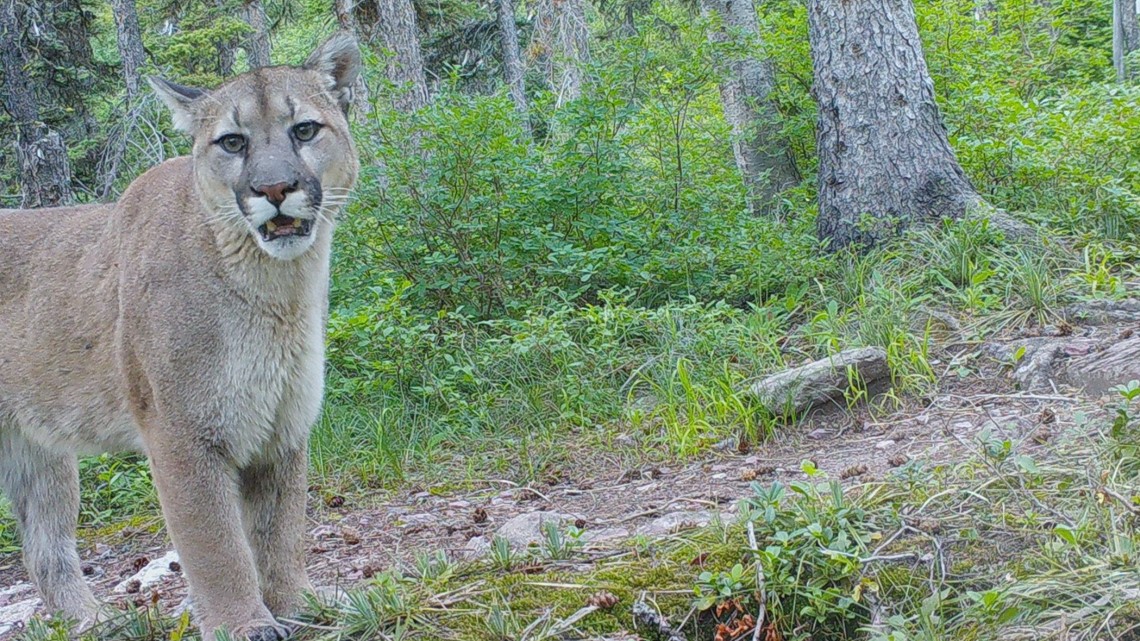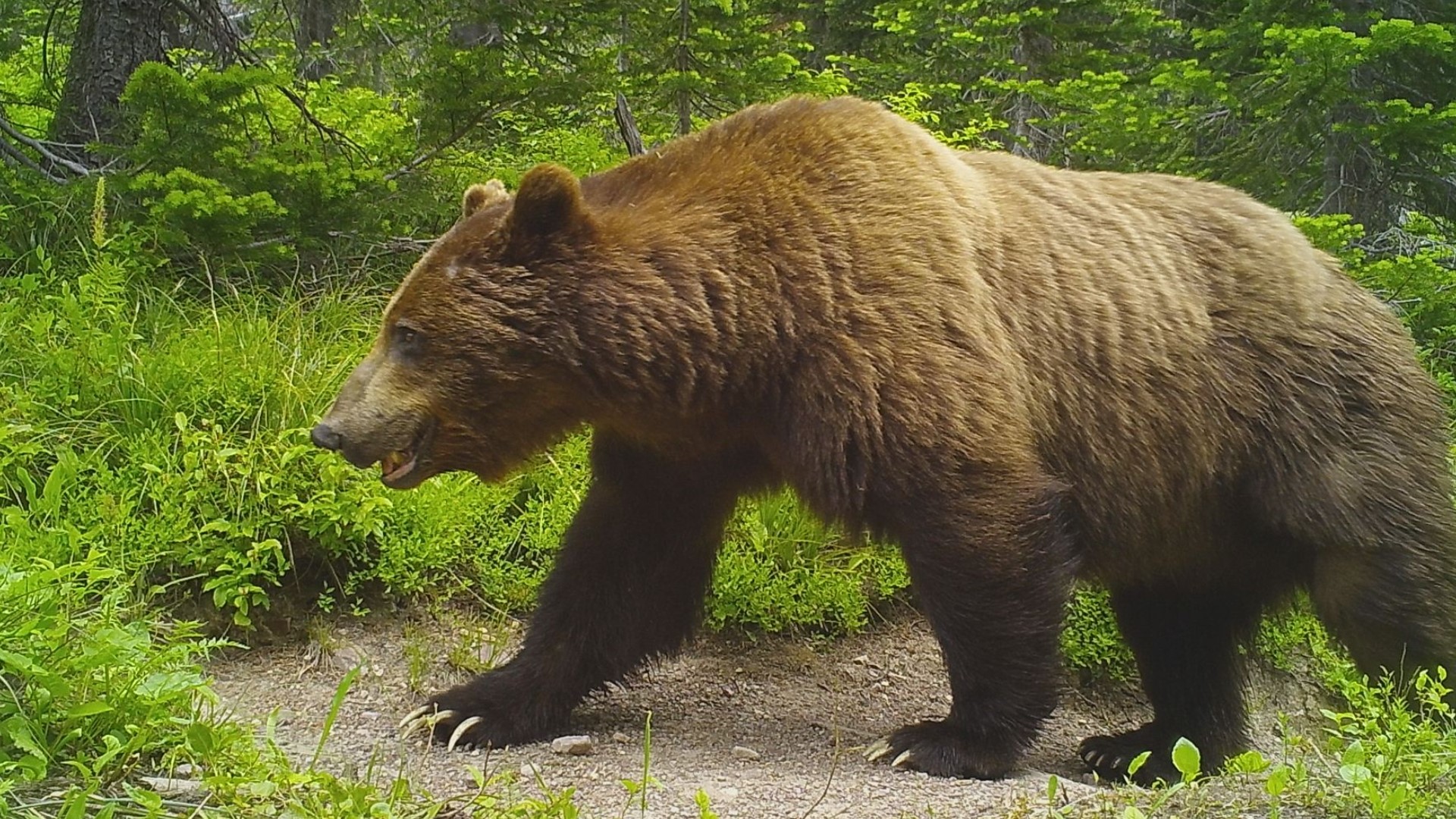PULLMAN, Wash. — There is no denying that people in the Pacific Northwest love to get out and hike, and many more are doing that in natural areas these days. But how does that affect wildlife?
The COVID-19 shutdown of national parks offered Washington State University researchers a chance to study what happens with the actions of wildlife when humans go away, versus when they are present.
It turns out that even without hunting rifles, humans appear to have a strong influence that sends wildlife heading the other way.
Even low impact hikers seem to be perceived as a threat. That's what the WSU team found when they studied Montana’s Glacier National Park during the year-long COVID-19 shutdown — when the animals freely came out in front of their cameras, compared to when the crowds were present.


“They either stop coming by the cameras entirely or they would come by less frequently, or sometimes they would shift when they would come by to nighttime to avoid contact with people,” said Professor Daniel Thornton, a WSU wildlife ecologist and senior author on the study published in the journal Scientific Reports.
Thornton said the park shutdown gave them a unique opportunity to look at the effects of generally friendly crowds of humans on 22 species of mid to large-sized mammals in the park. The study was intended to gain knowledge that can be learned from wherever one hikes.
“Globally we're seeing an increase in outdoor recreation. So this is a problem that a lot of places are going to face, including the Pacific Northwest — which year to year has seen increases in recreators on the landscape,” said Thornton.
To be clear, the ecology professor believes the takeaway is not to stop people from getting out there to their favorite wildlife area.
“I think [it’s] more an awareness that this is an issue and as more people start recreating that issue may evolve and become more pressing in the future.”
In fact, Thornton feels the results may be most useful now to wilderness area managers to help them look at how to help humans and wildlife co-exist with minimal impacts.

